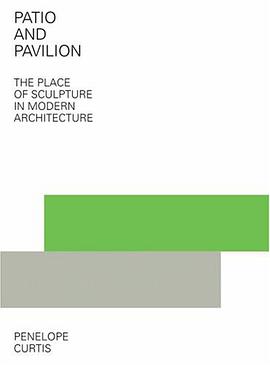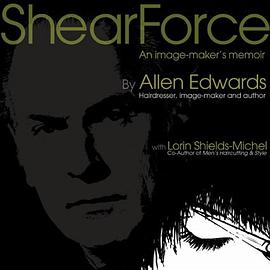

具体描述
This book examines the relationship between modern sculpture and architecture in the mid-twentieth century, an interplay that has laid the ground for the semi-sculptural or semi-architectural works by architects such as Frank Gehry and artists such as Dan Graham. The first half of the book looks at how the addition of sculpture enhanced several architectural projects, including Mies van der Rohe's Barcelona Pavilion (1929) and Eliel Saarinen's Cranbrook Campus (1934). The second half of the book uses several additional case studies, including Philip Johnson's sculpture court for New York's Museum of Modern Art (1953), to explore what architectural spaces can add to the sculpture they are designed to contain. Curtis argues that it was in the middle of the twentieth century, before sculptural and architectural forms began to converge, that the complementary nature of--though essential difference between--the two art forms began to clearly emerge: how figurative sculpture highlighted the modernist architectural experience and how the abstract qualities of that architecture imparted to sculpture a heightened role.
作者简介
目录信息
读后感
评分
评分
评分
评分
用户评价
相关图书
本站所有内容均为互联网搜索引擎提供的公开搜索信息,本站不存储任何数据与内容,任何内容与数据均与本站无关,如有需要请联系相关搜索引擎包括但不限于百度,google,bing,sogou 等
© 2025 book.wenda123.org All Rights Reserved. 图书目录大全 版权所有




















